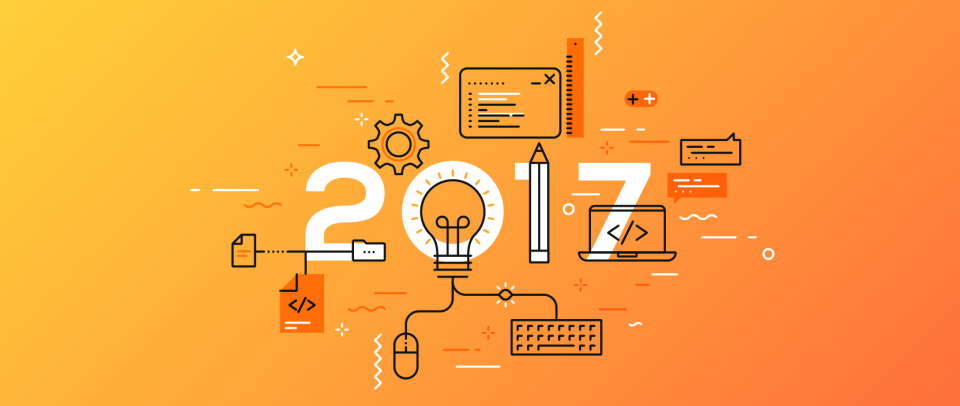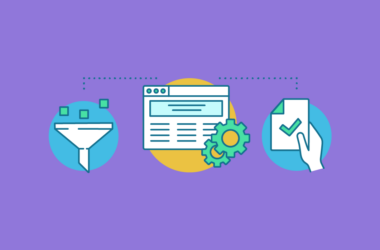2017 AWS Year in Review
2017 got off to a rocky start for a lot of us, and AWS was no exception. In February, the cloud computing giant experienced issues with its Simple Storage Service (S3) that caused site slowdowns for some clients and one absolutely amazing tweet.
But like so many of us who slogged our way through the earliest months of 2017, AWS found its stride. In fact, AWS was still widely considered to be one of the most reliable cloud providers by the end of last year. And with several big new releases and product updates, 2017 turned out to be a big year for the public cloud leader.
1. AWS wore the crown, again
And in more ways than one.
First, AWS once again earned the lion’s share of the public cloud market, with a 57 percent adoption rate among respondents, according to RightScale’s 2017 State of the Cloud Report.
Second, and equally impressive, AWS was named a “Leader” in Gartner’s Infrastructure-as-a-Service (IaaS) Magic Quadrant for the seventh consecutive year.
And finally, according to a Business Insider piece from May, AWS represented Amazon’s most profitable business unit in 2017.
2. Introducing I3 compute
In February, AWS announced the launch of six versions of its I3 virtual machine instances.
Backed by solid state drives, the largest instance is able to handle a maximum 16 GB per second of sequential disk throughput. This makes I3 ideal for any AWS customer that needs “high throughput and low latency including relational databases, NoSQL databases, search engines, data warehouses, real-time analytics and disk-based caches,” according to Jeff Barr, Chief Evangelist for AWS.
And like all of AWS’s offerings, I3 is outrageously cost-efficient, starting at a mere 15 cents per hour.
3. AWS finds a new calling with Amazon Connect
With the announcement of Amazon Connect in March, AWS made its first official foray into Unified Communications-as-a-Service.
Amazon Connect is a cloud-based contact center solution based on the company’s proprietary customer support technology. The solution has no upfront costs and utilizes a pay-per-minute model. Procurement is quick and easy, and the solution integrates seamlessly with many of AWS’s other tools and offerings, extending the realm of possibilities for your total AWS footprint.
With a simple-to-use interface and strong integration, Amazon Connect is well-positioned to glean better insights for customers.
4. Per-second billing redefines pay as you go
AWS officially begun offering per-second billing for Elastic Compute Cloud (EC2) instances and Elastic Block Store (EBS) Oct. 2, 2017.
At the time of AWS’s earliest launches in 2006, the idea of paying per hour was novel. Since then, however, this predictable, flexible pricing model has become the rule rather than the exception.
Whether or not this per-second billing cycle will carry over into other services remains to be seen, but if we had to guess, we’d say it’s most likely just a matter of when and not if.
5. AWS leaps to Cloud9
Last but not least, AWS has finally put last year’s acquisition of integrated development environment, Cloud9, to good use.
In November, AWS announced the launch of AWS Cloud9 at its re:Invent conference in Las Vegas. The IDE comes equipped with collaborative editing features, support for multiple programming languages including JavaScript, Python and PHP, and pre-installed debugging tools.
But what really sets AWS Cloud9 apart is that it’s the first “cloud native” IDE, in that it is “deeply integrated into the AWS ecosystem,” according to TechCrunch.
Looking ahead
With 2017 behind, there’s only one thing left to do: Blaze a trail into 2018. And while we can’t predict the future, we certainly have a few ideas for what’s in store for AWS’s year ahead.
Build your next project on the cloud with Managed Services for AWS on Media Temple.





